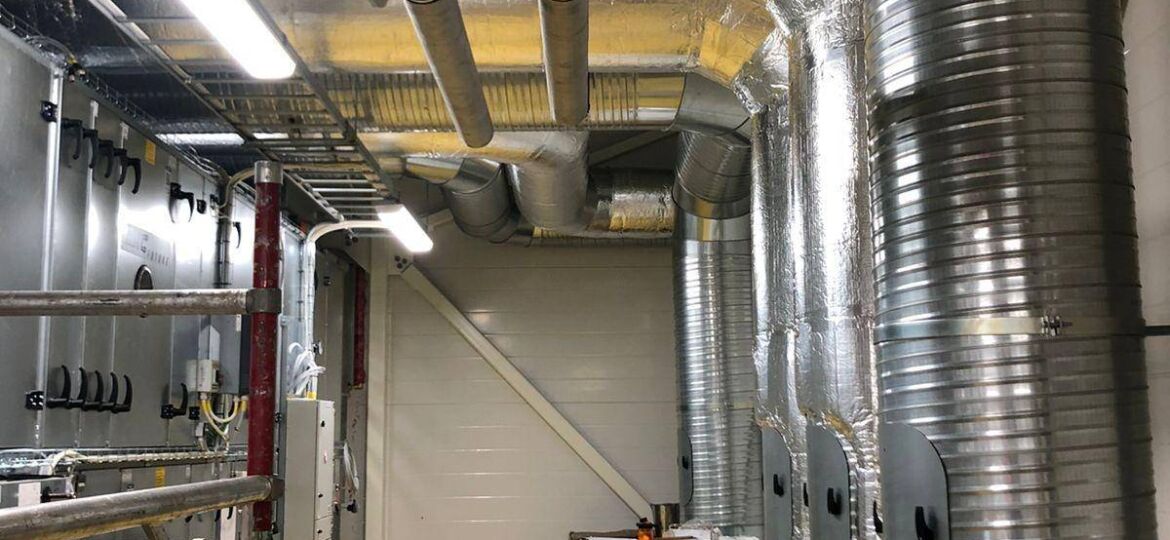The installation and commissioning phase is a crucial step in bringing the ventilation system to life. Proper installation ensures that the system functions as designed, while commissioning involves testing and fine-tuning to achieve optimal performance.
In this section, we will explore the key considerations involved in the installation and commissioning of ventilation systems.
5.1 Engaging Professional Installers:
Hiring experienced and qualified professionals for the installation of ventilation systems is essential. Ventilation systems can be complex, requiring expertise in handling ductwork, electrical connections, control systems, and equipment installation. Engaging professionals ensures that the installation is done correctly, minimizing the risk of errors, safety hazards, and performance issues.
5.2 Following Design Specifications and Standards:
During installation, it is crucial to adhere to the design specifications and industry standards. This includes following the layout and ductwork design, proper placement of equipment, and adherence to electrical and safety regulations. The installation should align with the calculated ventilation rates, ensuring that the system meets the required air exchange and airflow criteria.
5.3 Ductwork Installation and Sealing:
Proper installation of ductwork is critical for the efficiency and performance of the ventilation system. Ducts should be installed following design specifications, with smooth, properly sealed joints to minimize air leakage. Insulation should be applied where necessary to prevent heat gain or loss and condensation.
5.4 Electrical and Control System Installation:
Electrical connections and control systems play a vital role in the operation of the ventilation system. Proper installation of wiring, switches, and control panels is essential for the reliable and safe functioning of the system. Care should be taken to ensure compliance with electrical codes and regulations.
5.5 Testing and Balancing:
Commissioning involves testing the ventilation system to ensure that it operates as intended. This includes verifying airflow rates, balancing airflow distribution, and testing the performance of control systems. Instruments such as airflow meters, anemometers, and manometers are used to measure airflow, pressure differentials, and other parameters to fine-tune the system for optimal performance.
5.6 Training and Handover:
Once the installation and commissioning are complete, it is important to provide training to building occupants, maintenance staff, or facility managers on the operation and maintenance of the ventilation system. This includes explaining how to operate controls, change filters, and perform routine maintenance tasks. A comprehensive handover document that includes system specifications, maintenance schedules, and warranty information should also be provided.
5.7 Ongoing Maintenance and Monitoring:
After installation and commissioning, regular maintenance and monitoring of the ventilation system are necessary to ensure long-term performance and efficiency. This includes scheduled filter replacements, cleaning of components, and periodic inspections. Monitoring the system’s performance, such as airflow rates, pressure differentials, and energy consumption, helps identify any issues or deviations from expected performance.
The installation and commissioning phase is critical for the successful implementation of a ventilation system. Engaging professional installers, following design specifications, properly installing ductwork and electrical connections, conducting thorough testing and balancing, and providing training and maintenance support are key considerations. By paying attention to these factors, the ventilation system can be installed and commissioned effectively, ensuring optimal performance, indoor air quality, and occupant comfort in domestic, commercial, and industrial settings.

